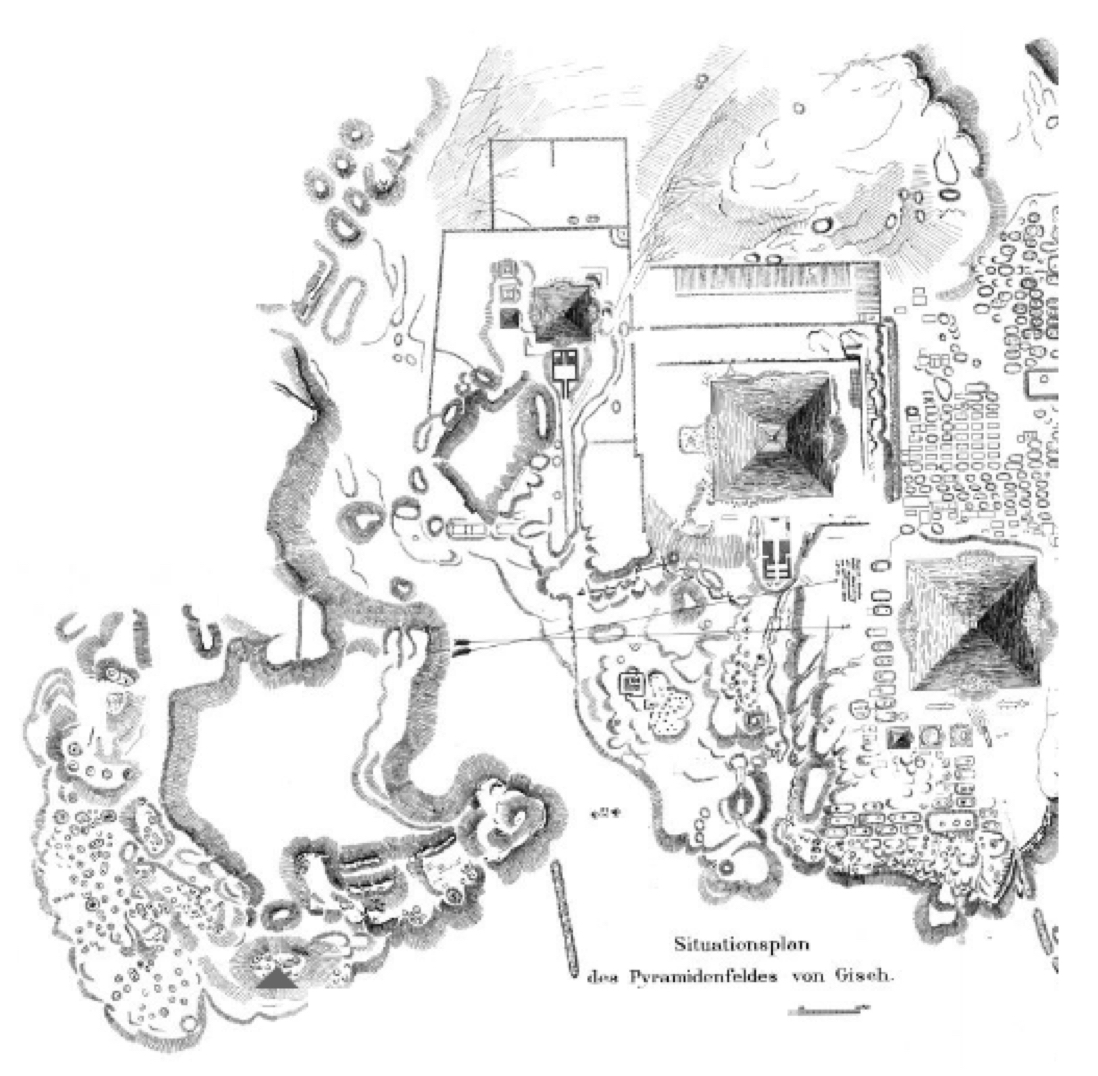:
Diary Transcription:
microfilm: begin page 56
Saturday, March 9, 1912
these two mastabas [G 2200 = G 5080, G 2190] except the gangs working on the pit of Lepsius 23 [= G 2000] and that of G 2130.
Sunday, March 10, 1912
Before the northern niche of G 2200 [= G 5080] found the body of a limestone statuette, a standing man.
[ILLUSTRATION]
Steindorff's dump.
The debris on the street before G 2200 [= G 5080] indicated a room paved with stone.
In G 2130, reached entrance to chamber. Small hole broken in the masonry block. After passing through a layer of boulders bedded in dirt we came on nearly clean sand with only a few stones.
It is clear that the pit was found by stone thieves and the upper courses of stone removed. The pit was probably entered in ancient times (see Lepsius 23 [= G 2000] and sand in bottom), as well
microfilm: end page 56
-
- Classification
- Documentation-Expedition diary pages
-
- Department
- Harvard University-Boston Museum of Fine Arts Expedition
-
- Credit Line
- Harvard University–Boston Museum of Fine Arts Expedition
-
- Display Page Dates
- 03/09/1912; 03/10/1912
-
- Author
- George Andrew Reisner, American, 1867–1942
Modern People
-
- Type Author
- Nationality & Dates American, 1867–1942
- Remarks Egyptologist, archaeologist; Referred to as "the doctor" and "mudir" (Arabic for "director") in the excavation records. Nationality and life dates from Who was Who in Egyptology.

